Home>diy>Building & Construction>How To Apply For A USDA Construction Loan
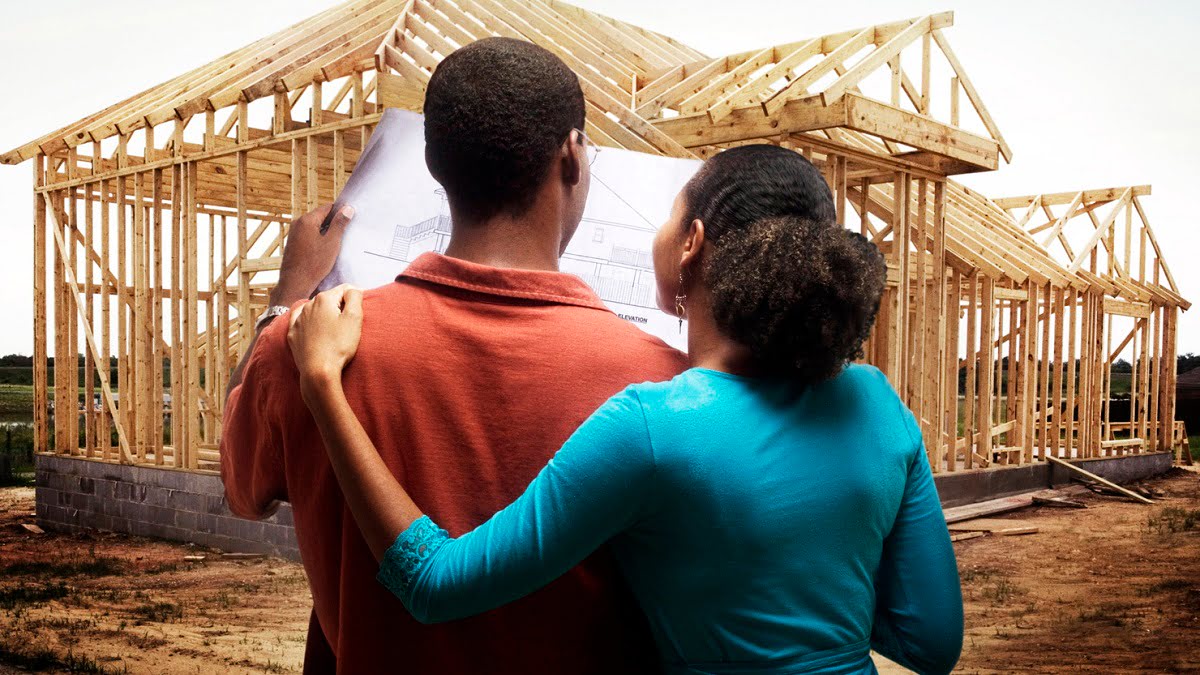

Building & Construction
How To Apply For A USDA Construction Loan
Modified: January 9, 2024
Learn how to apply for a USDA construction loan to finance your building construction project. Find out the guidelines and eligibility requirements.
(Many of the links in this article redirect to a specific reviewed product. Your purchase of these products through affiliate links helps to generate commission for Storables.com, at no extra cost. Learn more)
Introduction
When it comes to building your dream home, financing plays a crucial role in turning your vision into reality. While traditional construction loans are a popular choice, there is another option that you may not be aware of – USDA construction loans. These loans are offered by the United States Department of Agriculture (USDA) and provide financing for the construction or renovation of homes in rural areas.
USDA construction loans offer several advantages over traditional construction loans. They typically have lower interest rates, longer repayment terms, and require little to no down payment. Additionally, USDA construction loans are tailored to the unique needs of individuals and families living in rural communities, making them an excellent option for those seeking to build their dream home in the countryside.
In this article, we will explore the ins and outs of USDA construction loans, including eligibility requirements, finding a USDA approved lender, the application process, and managing the construction process. Whether you are a first-time homebuyer or looking to upgrade your current residence, understanding USDA construction loans can help you navigate the financing landscape and ensure a smooth building process.
Key Takeaways:
- USDA construction loans offer rural homebuilders lower interest rates, longer repayment terms, and the opportunity to finance up to 100% of construction costs, making dream home ownership in rural areas more attainable.
- Successful application for a USDA construction loan involves meeting eligibility requirements, finding a USDA approved lender, preparing a thorough application package, and effectively managing the construction process to bring your dream home to life in a rural community.
Read more: What Is A USDA Construction Loan
Understanding USDA Construction Loans
A USDA construction loan is a specialized form of financing provided by the USDA Rural Development Program. It is designed to assist individuals and families in rural areas who wish to build or renovate their homes. These loans are funded directly by the USDA and offer unique benefits to borrowers.
One of the key features of USDA construction loans is that they are available for both new construction and for the renovation of existing properties. This means that whether you want to build a brand-new home or renovate an older property, a USDA construction loan can provide the necessary funding.
USDA construction loans typically have longer loan terms compared to traditional construction loans. They can offer repayment periods of up to 30 years, providing borrowers with more time to repay the loan and manage their monthly budget effectively. Additionally, USDA construction loans often come with lower interest rates, helping borrowers save money over the life of the loan.
One important aspect to note is that USDA construction loans are specifically designed for individuals and families in rural areas. The USDA uses specific geographic boundaries to determine if a property is eligible for this type of loan. Therefore, it is essential to ensure that your desired construction location falls within a designated rural area before applying for a USDA construction loan.
Another advantage of USDA construction loans is the low or zero down payment requirement. Traditional construction loans typically require a substantial down payment, which can be a significant barrier for many borrowers. In contrast, USDA construction loans offer the opportunity to finance up to 100% of the construction costs, eliminating the need for a large upfront payment.
It is important to note that USDA construction loans are only available to borrowers with low to moderate incomes. The USDA sets income limits based on the area’s median income, and borrowers must fall within those limits to qualify for this type of loan. These income limits vary based on family size and the location of the property.
Understanding the fundamentals of USDA construction loans is crucial before embarking on the application process. By leveraging the unique features and benefits of these loans, borrowers can secure the necessary funding and turn their construction dreams into a reality.
Eligibility Requirements for USDA Construction Loans
Before applying for a USDA construction loan, it’s essential to understand the eligibility requirements set forth by the USDA Rural Development Program. Meeting these requirements is crucial to ensure that you qualify for this type of financing. Here are the key eligibility criteria:
- Location: The property must be located in a designated rural area as determined by the USDA. This is important because USDA construction loans are specifically aimed at supporting individuals and families in rural communities.
- Income Limits: There are income restrictions for USDA construction loans. Borrowers must have a low to moderate income, which means their total household income should not exceed a certain threshold based on family size and location. It’s crucial to check the USDA’s income eligibility guidelines to ensure you fall within the acceptable income limits.
- Creditworthiness: Like any other loan, creditworthiness is a significant factor in the approval process. Lenders will review your credit history to assess your ability to repay the loan. While a perfect credit score is not required, having a good credit score will positively impact your chances of approval.
- Proof of Citizenship or Legal Residency: To be eligible for a USDA construction loan, borrowers must be a U.S. citizen, U.S. non-citizen national, or a qualified alien.
- Debt-to-Income Ratio: Lenders will assess your debt-to-income ratio to determine your ability to manage additional debt. Generally, USDA construction loan applicants should have a debt-to-income ratio of 41% or lower. This means that your total monthly debt payments should not exceed 41% of your monthly income.
- Ability to Repay the Loan: Applicants must demonstrate their capability to repay the loan. Lenders will review your income and employment history to assess your repayment ability.
- Builder Qualification: If you plan to construct a new home, the builder must be qualified to undertake the construction. They may need to meet certain criteria set by the USDA, ensuring the quality and compliance of the construction project.
It’s important to note that meeting the eligibility requirements does not guarantee loan approval. The final decision on loan approval rests with the lender. However, fulfilling these criteria increases your chances of qualifying for a USDA construction loan.
Before proceeding with the loan application, it’s advisable to consult with a USDA approved lender or a mortgage professional who can guide you through the specific eligibility requirements and help you navigate the application process.
Finding a USDA Approved Lender
When applying for a USDA construction loan, it’s important to work with a lender who is approved by the USDA. These approved lenders have experience and knowledge in providing USDA loans and can guide you through the application process. Here are some steps to help you find a USDA approved lender:
- Research Online: Start by conducting an online search for lenders who specialize in USDA loans or provide financing for rural areas. Look for lenders that specifically mention USDA loans on their websites or display the USDA approved lender logo.
- Ask for Recommendations: Reach out to friends, family, or colleagues who have obtained a USDA loan in the past. Ask them about their experience with the lender and if they would recommend them. Personal recommendations can be valuable in finding a reputable lender.
- Check with Local Banks and Credit Unions: Visit or contact local banks and credit unions in your area to inquire about USDA loan options. Some smaller financial institutions may offer USDA loans but may not heavily advertise their services.
- Contact the USDA: Reach out to your local USDA Rural Development office for a list of approved lenders in your area. They can provide you with information on lenders who are experienced in handling USDA construction loans.
- Compare Interest Rates and Terms: Once you have a list of potential lenders, compare their interest rates, loan terms, fees, and closing costs. This will help you find a lender who offers competitive rates and favorable terms that align with your financial goals.
- Read Reviews and Ratings: Look for online reviews and ratings of the lenders you are considering. Websites like the Better Business Bureau and consumer review sites can provide insight into the experiences of other borrowers with those lenders.
- Schedule Consultations: Once you have narrowed down your list, schedule consultations with the lenders to discuss your specific needs and ask any questions you may have. This will help you gauge their responsiveness, professionalism, and knowledge in handling USDA construction loans.
Remember, finding the right lender is crucial for a smooth loan application process. A reputable and experienced lender can guide you throughout the process, answer your questions, and ensure that you meet all the necessary requirements for a USDA construction loan.
By taking the time to research and compare lenders, you can find a USDA approved lender who will provide you with the best financial options and support in achieving your dream of building or renovating a home in a rural area.
Preparing the Application Package
When applying for a USDA construction loan, it’s important to gather and prepare all the necessary documents to complete your application package. This will help streamline the application process and increase your chances of approval. Here are the key documents you will typically need:
- Proof of Income: Provide documentation of your income, including pay stubs, W-2 forms, or tax returns for the past two years. If you are self-employed or have variable income, you may need to provide additional documentation such as profit and loss statements or bank statements.
- Proof of Assets: Include statements from your bank accounts, retirement accounts, and investments to demonstrate your financial stability and ability to repay the loan.
- Employment and Residence History: Document your employment history, including employer names, addresses, and dates of employment. You may also need to provide information on your previous residences for the past two years.
- Property Information: Gather details about the property you plan to build or renovate, such as the location, size, and intended use. This information will help the lender assess the feasibility of the project.
- Builder Information: If you are working with a builder, provide their contact information, qualifications, and any relevant documentation to demonstrate their experience and capability to complete the construction.
- Debt Information: List out all your outstanding debts, including credit card balances, student loans, auto loans, and mortgages. This will help the lender assess your debt-to-income ratio.
- Credit History: Obtain a copy of your credit report from all three major credit bureaus – Equifax, Experian, and TransUnion. Review the report for accuracy and address any errors or discrepancies before submitting your application.
- Other Documents: Depending on your specific situation, you may be required to provide additional documents such as divorce decrees, child support agreements, or proof of eligibility for certain USDA programs.
It’s important to organize and compile all the required documents neatly, making sure they are legible and up to date. Remember to keep copies of all the documents for your records.
In addition to the required documents, some lenders may require you to complete additional forms or provide supplementary information. It’s important to work closely with your lender and follow their instructions to ensure that your application package is complete and meets their requirements.
By preparing a thorough and well-documented application package, you will present yourself as a qualified and organized borrower, increasing your chances of a smooth loan approval process.
Before applying for a USDA construction loan, make sure to have a good credit score, stable income, and a detailed construction plan in place.
Read more: Who Is Eligible For A USDA Construction Loan
Submitting the Application
Once you have gathered all the necessary documents and prepared your application package for a USDA construction loan, it’s time to submit it to the lender. Here are the steps you’ll typically follow when submitting your application:
- Contact the Lender: Reach out to your chosen USDA approved lender to inform them of your intent to apply for a USDA construction loan. They will guide you through the next steps and provide any specific instructions they may have for submitting the application.
- Review the Application: Carefully review your application package to ensure that all the required information is included and accurately completed. Check for any missing documents, errors, or inconsistencies, as these can potentially delay the processing of your application.
- Submit the Application: Depending on the lender’s preferred method, you can submit your application package electronically, by mail, or in person at the lender’s office. Follow the lender’s instructions to ensure your application is submitted correctly and reaches the right department for processing.
- Obtain Proof of Submission: If submitting your application package by mail or in person, consider sending it via certified mail or obtaining a receipt to serve as proof of submission. This way, you can track the delivery and have documentation to support that your application was received by the lender.
- Stay in Communication: After submitting your application, maintain regular communication with the lender. Respond promptly to any requests for additional information or clarification to keep the application process moving forward.
- Follow Up: If you haven’t received confirmation of receipt within a reasonable timeframe, reach out to the lender to ensure they have received your application. This will help avoid any potential delays caused by lost or misplaced documents.
It’s important to note that the application process may vary slightly depending on the lender. Some lenders may have their own specific forms or require additional documentation. Therefore, it’s crucial to adhere to the lender’s instructions and work closely with them throughout the application process.
Submitting your application package accurately and in a timely manner sets the stage for a smooth loan approval process. By closely following the lender’s guidelines and maintaining open communication, you can contribute to a more efficient and successful application submission.
Loan Approval and Closing Process
Once you have submitted your application for a USDA construction loan, the lender will begin the review and approval process. Here is an overview of what to expect during the loan approval and closing process:
1. Underwriting: The lender’s underwriting department will review your application, credit history, income documentation, and other supporting documents. They will assess your eligibility based on USDA guidelines and determine if you meet the requirements for a USDA construction loan.
2. Appraisal and Property Evaluation: The lender will order an appraisal or property evaluation to determine the value of the property you plan to build or renovate. This is important for determining the loan amount and ensuring it aligns with the value of the property.
3. Conditional Approval: If your application meets the lender’s criteria and the property evaluation is satisfactory, you will receive a conditional approval. This means that you have been tentatively approved for the loan, pending the satisfaction of any additional conditions or requirements set forth by the lender.
4. Finalizing Conditions: The lender may request additional documentation or clarification to satisfy the conditions for final loan approval. It’s important to promptly provide any requested information to expedite the approval process.
5. Loan Approval: Once all the conditions have been met, the lender will grant final approval for your USDA construction loan. You will receive a loan commitment letter outlining the terms and conditions of the loan and confirming your approval.
6. Closing Process: After loan approval, the closing process will begin. This involves signing the necessary legal documents, such as the loan agreement, promissory note, and any other required disclosures. You may also be required to pay closing costs, which can include appraisal fees, title insurance, and loan origination fees.
7. Construction Begins: Once the loan is closed and funds are disbursed, you can proceed with the construction or renovation of your home. It’s important to work closely with your builder or contractor to ensure the project is completed according to the agreed-upon plans and within the specified budget.
8. Loan Disbursement: Depending on the lender’s disbursement schedule, funds for the construction or renovation will be released in installments, known as “draws.” This means that the lender will release a portion of the loan funds at specified milestones throughout the construction process, typically after inspections to verify completed work.
9. Loan Repayment: Once construction is complete, your USDA construction loan will convert into a permanent mortgage. You will begin making regular monthly payments based on the terms outlined in your loan agreement.
It’s important to note that the loan approval and closing process may vary depending on the lender’s practices and the specifics of your construction project. Working closely with your lender and maintaining open communication will help ensure a smooth and efficient process from approval to closing.
By understanding the loan approval and closing process, you can navigate the final steps with confidence and look forward to seeing your construction project come to life.
Managing the Construction Process
After obtaining approval and securing your USDA construction loan, it’s time to focus on managing the construction process. Effectively managing the construction of your home is crucial for ensuring that the project stays on track and meets your expectations. Here are some tips for managing the construction process:
1. Communicate with Your Builder: Establish open lines of communication with your builder or contractor from the start. Regularly communicate your expectations, provide clear instructions, and address any concerns or changes promptly. Maintaining good communication will help avoid misunderstandings and ensure that everyone is on the same page.
2. Obtain Necessary Permits and Approvals: Work with your builder to ensure that all necessary permits and approvals are obtained before construction commences. This includes building permits, zoning approvals, and any other permits required by the local authorities. This ensures that your construction project is compliant with local regulations.
3. Create a Detailed Construction Plan: Develop a detailed construction plan in collaboration with your builder. This plan should include a timeline, milestones, and key deadlines for each phase of construction. Regularly review the plan to track progress and make necessary adjustments to stay on schedule.
4. Regular Site Visits: Visit the construction site regularly to inspect the progress and quality of the work. This allows you to identify any potential issues early on and address them promptly. It also demonstrates your active involvement in the project, fostering a better working relationship with your builder.
5. Keep Track of Expenses: Maintain a detailed record of all expenses related to the construction project. This includes invoices, receipts, and change orders. Keeping accurate financial records helps you stay within budget and ensures that loan funds are utilized properly.
6. Regularly Review and Approve Work: Review completed work at each stage of the construction process and provide timely approvals. This ensures that the work meets your expectations and aligns with the agreed-upon plans. Approving work promptly will help keep the project moving forward without unnecessary delays.
7. Address Issues Promptly: If issues or concerns arise during the construction process, address them promptly and work with your builder to find suitable solutions. Delaying the resolution of problems can lead to more significant complications and potential cost overruns.
8. Regular Progress Meetings: Schedule regular progress meetings with your builder to discuss project updates, address any challenges, and ensure that everyone involved is aware of the project’s status. These meetings allow for open communication and promote collaboration among all parties involved.
9. Flexibility and Adaptability: Recognize that construction projects may encounter unexpected challenges or changes along the way. Remain flexible and adaptable to adjust to any unforeseen circumstances. Work closely with your builder and be prepared to make necessary adjustments to the construction plan as needed.
By effectively managing the construction process, you can ensure that your dream home is built to your specifications and completed on time. Working collaboratively with your builder and maintaining open communication will help create a positive working relationship and a successful construction project.
Conclusion
Building your dream home in a rural area is an exciting endeavor, and a USDA construction loan can help transform your vision into reality. These specialized loans provided by the United States Department of Agriculture (USDA) offer unique benefits and opportunities for individuals and families in rural communities.
Understanding the ins and outs of USDA construction loans is essential for navigating the financing process successfully. From eligibility requirements to finding a USDA approved lender, preparing the application package, and managing the construction process, each step plays a crucial role in bringing your dream home to life.
By meeting the eligibility requirements and working with a USDA approved lender, you can access favorable financing terms, including lower interest rates, longer repayment terms, and little to no down payment. This can significantly ease the financial burden and make your dream home more attainable.
Preparing a thorough application package and submitting it accurately and timely will facilitate the loan approval process. Paying attention to details, providing the necessary documents, and staying in communication with your lender will contribute to a smooth and efficient process from application to closing.
Once your loan is approved, effectively managing the construction process is crucial for ensuring that the project stays on track and meets your expectations. Open communication with your builder, regular site visits, and addressing issues promptly will help create a positive working relationship and a successful construction project.
Remember, building your dream home is an investment in your future and a reflection of your unique lifestyle. With the support of a USDA construction loan, you can turn your vision into a reality and enjoy the benefits of living in a rural community.
So, if you’re ready to embark on your journey of building a home in a rural area, take the time to research USDA construction loans, partner with a USDA approved lender, and navigate the process with confidence. With the right resources and knowledge, you can create the home of your dreams in the untamed beauty of rural America.
Frequently Asked Questions about How To Apply For A USDA Construction Loan
Was this page helpful?
At Storables.com, we guarantee accurate and reliable information. Our content, validated by Expert Board Contributors, is crafted following stringent Editorial Policies. We're committed to providing you with well-researched, expert-backed insights for all your informational needs.
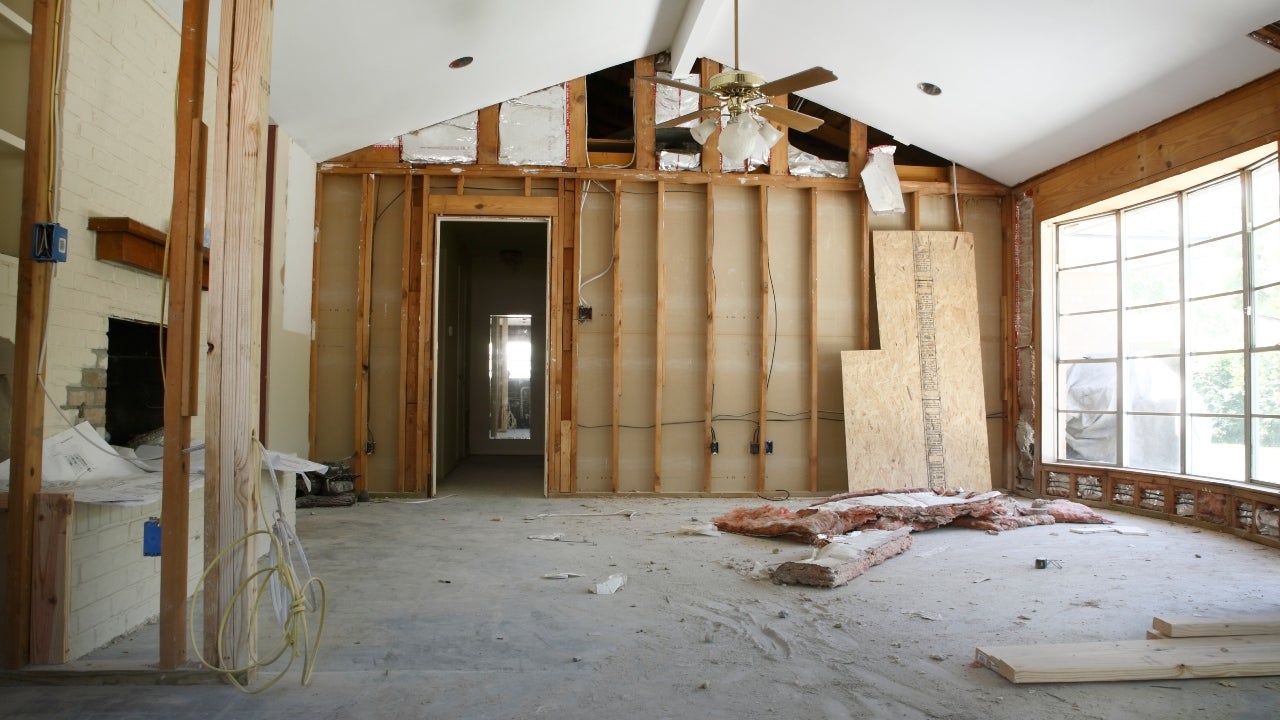





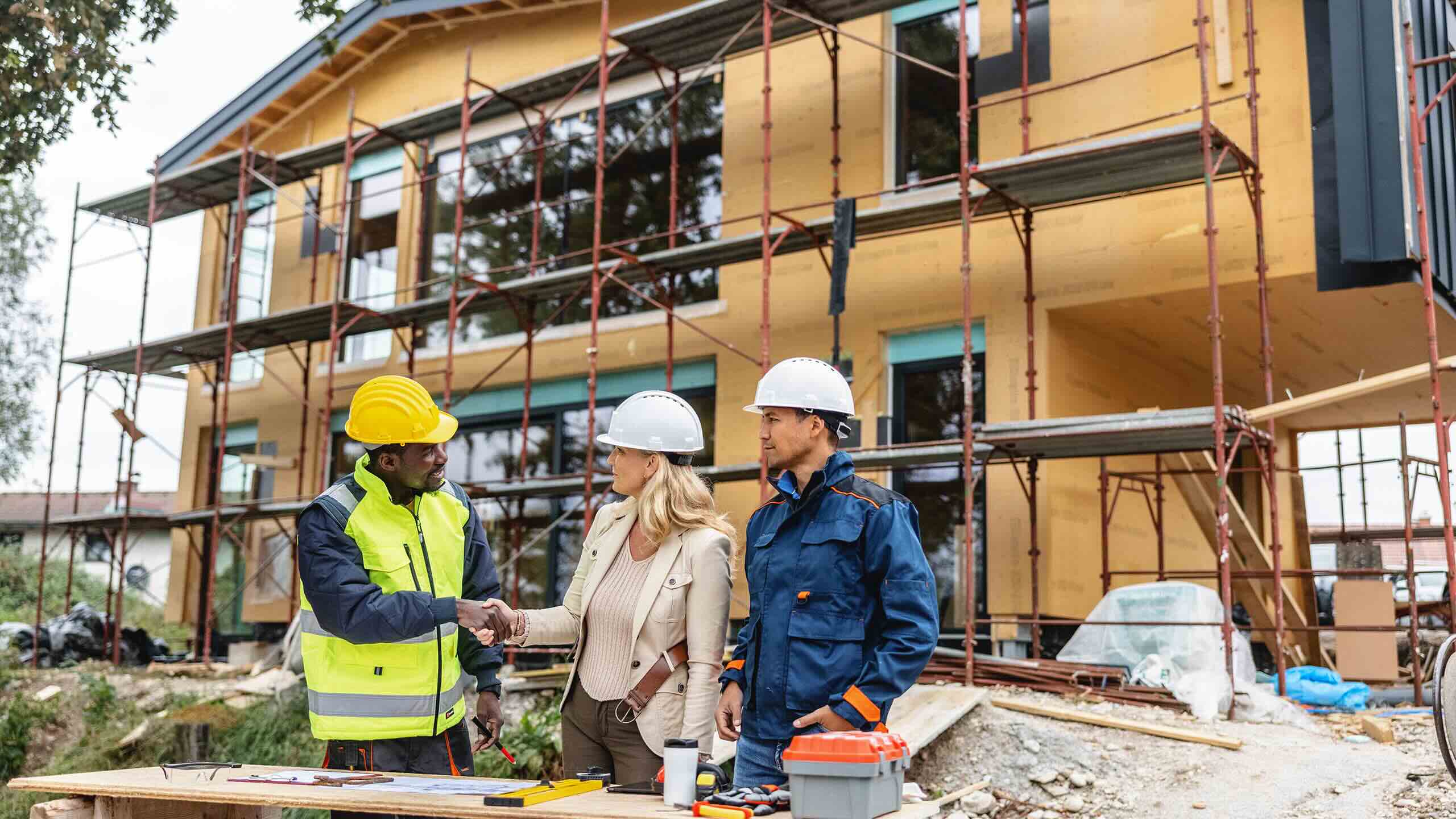


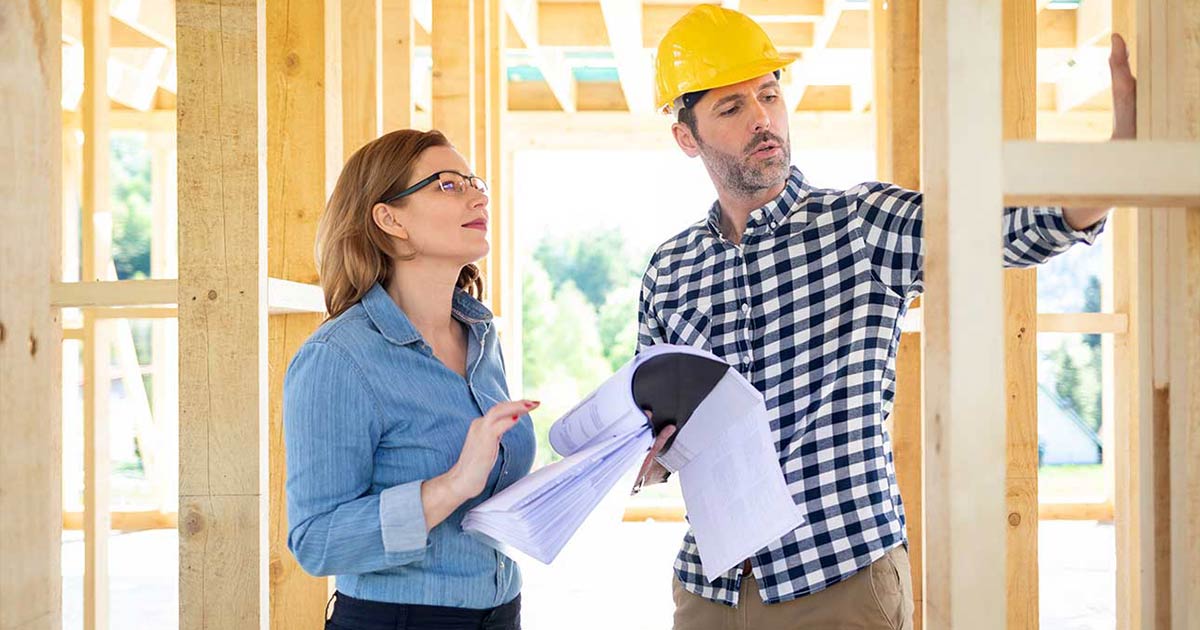
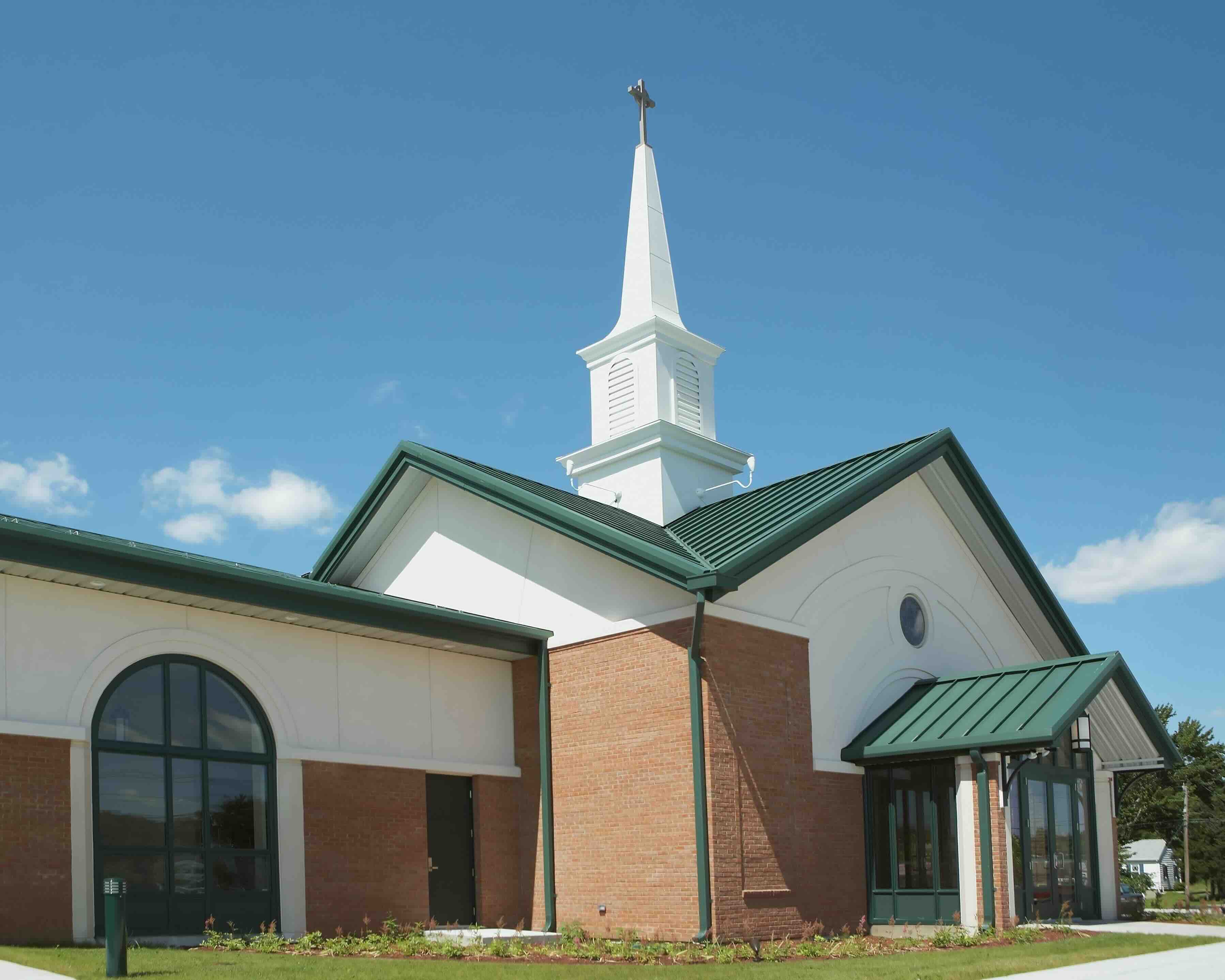




0 thoughts on “How To Apply For A USDA Construction Loan”